Verbena spp.
The first time I interacted with verbena, I kind of hated it.
I was working at a garden center many years ago and discovered quickly the shoulder pain incurred from watering over one hundred hanging baskets at a time, especially for one particular flower.
Verbena was a troublemaker as far as I was concerned, a flower that refused to stay attractive unless I babied it.
Flash forward years later and I recognize that, yes, this flower does need a bit of extra care to be at its best, but not that much.
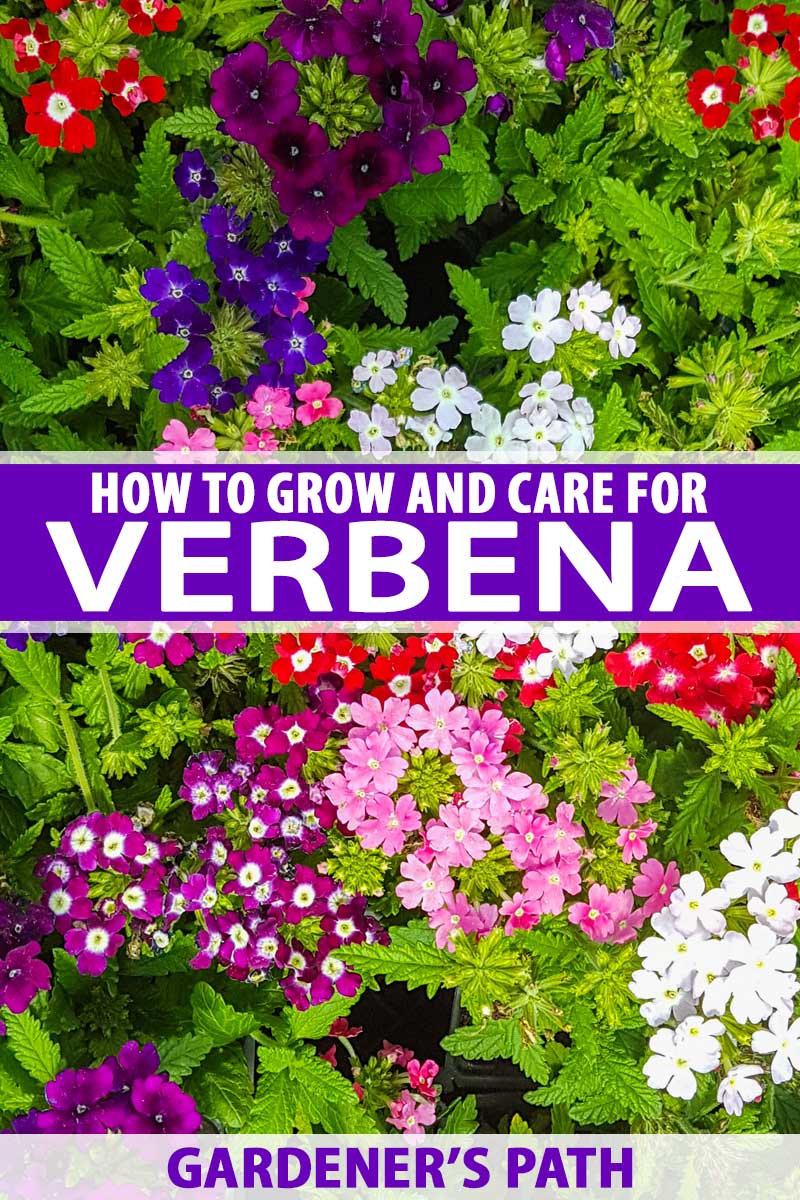
We link to vendors to help you find relevant products. If you buy from one of our links, we may earn a commission.
My frustrations were grounded in the sheer volume of plant material to take care of, and now that I’ve spent time with verbena in a smaller and more easily manageable setting, I’ve found it to be a lovely and happy flower to grow.
Take the benefit of my experience in learning how to speak the language of this flower, then put it to use in your own garden!
Verbena Basics
“Tears of Isis” is a nickname for verbena and probably one of the coolest common flower names I’ve ever seen. Although the flower is native to the Americas and to Asia, it is a popular plant around the world.
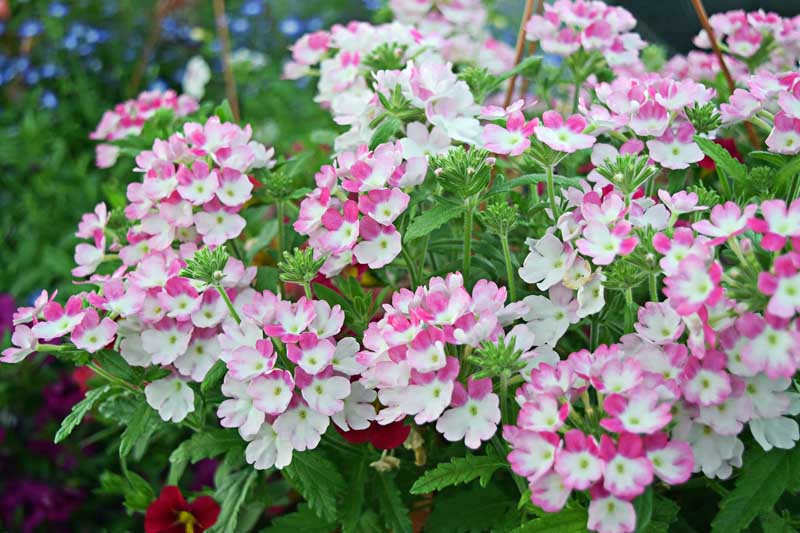
Images of the flowers have been carved as wards and talismans against the evil eye, and the plants were supposedly used to staunch the wounds of Jesus after his removal from the cross, apocryphal though that may be. Verbena has also been used as an herbal tonic through the years, and in aromatherapy.
Verbena can be grown as a perennial or an annual, more commonly as the latter. Brace yourself for some self-seeding craziness; the taller, upright variety has pestered me for this entire summer since it blew into my herb bed!
Best Places to Grow
While some varieties of the flower grow upright and top out at a height of about three feet, most of us are probably familiar with the shorter varieties of verbena available in shades of red, purple, white, blue, and pink. These are perfect as an accent to almost any combination of other annuals.
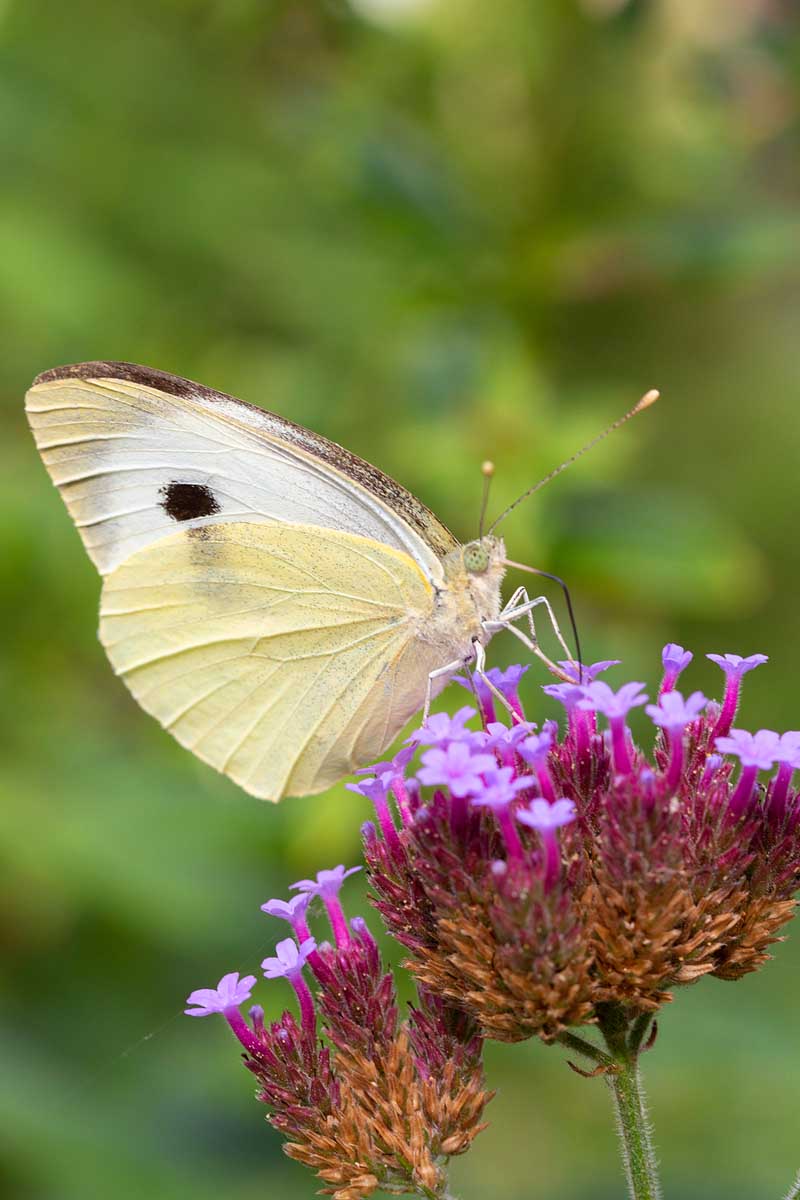
You’ll find verbena in butterfly gardens as well. All types of pollinators from hummingbirds to butterflies to bees love these clustered flowers and will be regular visitors wherever it is found.
These are often used as a filler or a spiller plant in containers but may perk up many areas in the garden too. My favorite use for verbena is to add a red variety with red-and-orange marigolds and some dusty miller. The colors practically bark summertime, but they can pass as fall colors too!
Growing Essentials
Verbena is generally pretty happy-go-lucky. It wants at least six hours of sunlight a day, prefers well-drained soil but isn’t picky about the quality of the soil, and needs about an inch of rain a week.
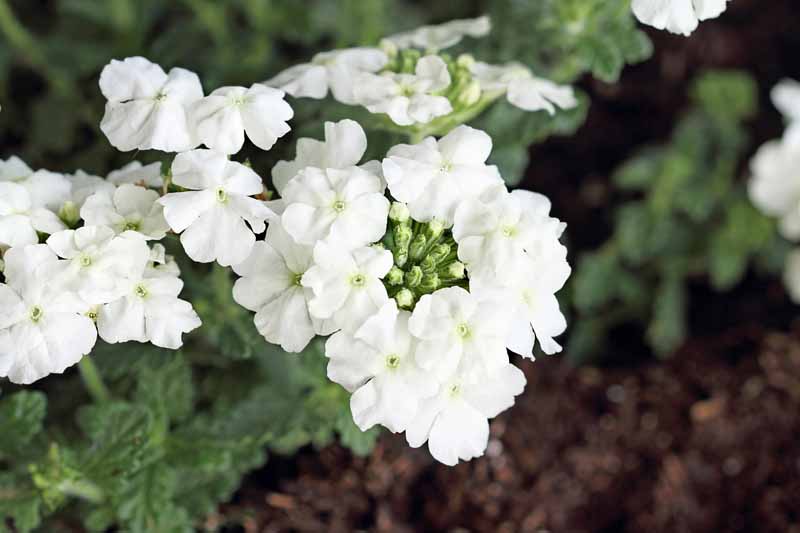
Those requirements are not unusual for most annuals, but unlike other, tougher plants, verbena does not recover well from lapses in care. Without regular attention it will turn into a burnt-up, flowerless clump of unappealing foliage.
Luckily, that extra attention doesn’t take much time out of your gardening schedule. Keep in mind that if you’re growing your flowers in the ground, they’ll require less attention since their roots can “dig deeper” and often solve their own problems, while container-grown plants need much more frequent and regular care since they’re in a more isolated environment.
Careful Watering
Watering is the biggest hangup I’ve seen people experience with these flowering annuals. Too often, the gardener will soak the soil too much and cause the stems of the plant to rot, or they won’t water at all and the once-lush foliage crisps up into something like a breakfast cereal.
The best solution is to simply inspect your verbena every day during hot or dry weather. Once the foliage begins to flag (garden speak for turning limp and hanging like a flag on a windless day), it’s time to give it a drink. While an inch of rain a week is a good guideline that can be difficult to measure, an inch of rain during scorching weather isn’t going to be enough to keep the plants happy.
A Good Haircut Here and There
Verbena tends to get pretty leggy as it grows, and this was part of my initial dislike of the plant. But enough time and experience with this annual led me to discover that all it needs to perk right back up is a good shearing a few times a year.
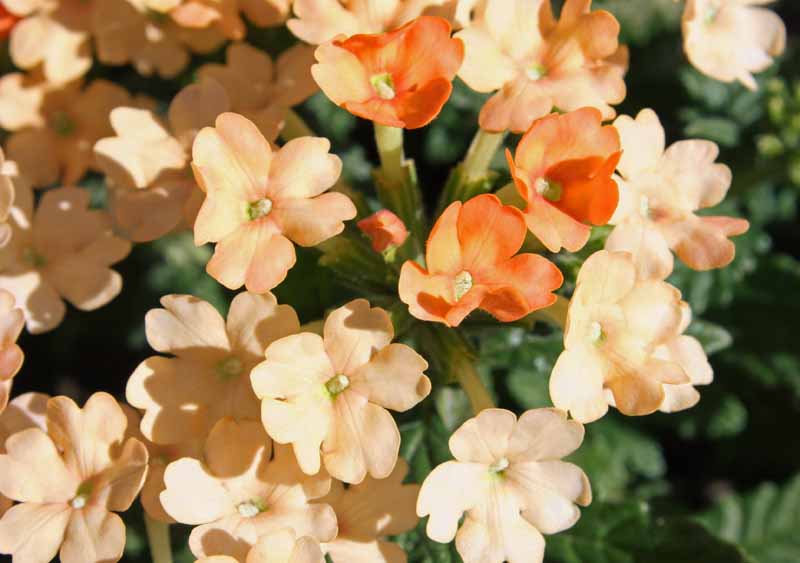
Some sources suggest cutting the plant back twice a season, but I do it more often; I’ve found that removing spent foliage once a month or so is ideal for keeping your flowers in bloom.
The amount you remove is dependent on how often you’re doing it. If you cut the spent foliage and flowers back once or twice a year, you can safely remove up to a third of the plant and still expect a flush of new flowers.
If you’re cutting it back more often you’ll remove less, maybe a few inches at a time, or just the spent blooms themselves.
If your plants are refusing to flower or are grown out and leggy, a quick haircut is the trick to encouraging those blossoms to start forming again.
A Boost of Nutrients
More than other annuals I’ve worked with, these blooming annuals require frequent feeding.
My go-to fertilizer for annuals has always been Jack’s All Purpose 20-20-20 Fertilizer, available via Amazon. It’s water soluble, safe to use when applied as directed, and works really, really well.

J R Peters Jacks Classic 20-20-20 All Purpose Fertilizer (via Amazon)
I’ll give my plants a boost of Jack’s every two weeks at the directed amount (about 1 tablespoon per gallon). These prolific flowers respond well to a regular meal, so feed ‘em often!
Dealing With Problems
Like most plants, verbena can be susceptible to fungal issues in wet conditions. Avoid this by practicing smart water techniques and encouraging ample air circulation. Use a soaker hose, or water in the morning so plants can dry before nighttime sets in.

Spectracide Immunox 3-in-1 Insect & Disease Control (via Amazon)
If your plants do become infected with a fungal problem like powdery mildew, a general-purpose fungicide, available via Amazon, should do the trick until conditions dry up.
Insects seem to cause more trouble for this flower than anything else, and unfortunately the list of potential pests is extensive.

Aphids, caterpillars, gall midges, leaf miners, mealybugs, mites, scale, and whiteflies are the most common annoyances. If you can’t tolerate these pests on your plant, an insecticidal soap can be used, or the suggested fungicide above can be used on insects as well. But before you start spraying, consider that the pests might not be a huge problem.
An acceptable level of loss should be something every gardener is aware of simply because our environment is soaked in pesticides and other harmful sprays. If we can let a few aphids dine on our annuals before we start squirting on the chemicals, we’ll be better off for it in the end.
Besides, insects are part of a healthy garden, even if those insects occasionally damage our favorite ornamentals!
Where Can I Buy?
Great question! You’ll be able to find live verbena at almost any garden center during the spring and summer growing season, but starting from seed is a relatively easy process.
They can take a long time to flower, with some requiring as many as 90 days, so be patient while waiting for these beauties to open up.
Start your seeds indoors about ten weeks or so before the last freeze date. Sow a few seeds per cell or container, and prepare to wait as long as three weeks for them to germinate. Cover the seeds with a light layer of soil; they need darkness to germinate!
Once they start popping up, thin the seedlings out once they reach a height of about two inches, choosing the healthiest and strongest seedling per cell to keep.
Harden the seedlings off outdoors, and plant them outside when they’re hardy!
I like to take a week to harden my seedlings to the outdoor conditions by following this simple schedule:
- On Day 1: Keep your seedlings outdoors for an hour and bring them back in.
- On Day 2: Keep your seedlings outdoors for two hours and bring them back in.
- On Day 3: Keep your seedlings outdoors for three hours and bring them back in.
Continue this process, adding one hour to their outdoor duration on each day of the week, and by day seven your seedlings should be completely hardened to the outdoors.
Favorite Varieties
Imagination
For a taller and more upright flower, consider the ‘Imagination’ verbena. I love that dark purple color, and these flowers will add a nice bit of variety and texture to your garden beds and containers.
The plant will reach a height of about sixteen inches.
Find them on True Leaf Market.
Bonariensis Verbena
This is a more primitive species of verbena that’s more true to its wild relatives. A favorite in cottage gardens, this drought-tolerant variety will grow as a perennial in zones 7-10. It’s a big attractant of butterflies and bees.
Burpee Bonariensis Verbena Seeds
It has clusters of small violet-blue flowers with just a few leaves.
Find it now available at Burpee.
Quartz XP
Like a little variety in your life? Check out the ‘Quartz XP’ series. These flowers are far from subtle and demand to be seen – but when they look this good, that’s not a problem!
Quartz XP Series Verbena Seeds
They will rarely reach heights taller than a foot. Available in Burgundy Eye, Red with Eye, Scarlet, Silver, White, Blue, or Mix.
Now Get Growing!
Verbena is a lovely flower that demands nothing more than some regular love, and that makes it an excellent addition to the garden beds or containers of the gardener who enjoys tending to their plants, no matter how fussy they are.
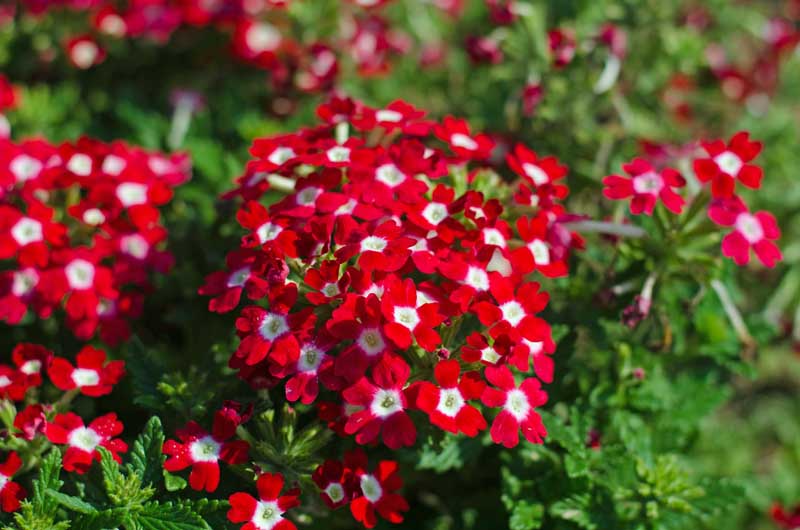
You’ll have luck mixing your verbena with marigolds, canna lilies, heliotropes, and other sun-loving annuals, or just throwing it right into your butterfly garden. As long as you’ve got the desire to tend to this little flower when it needs your love, you won’t be disappointed when adding this flower to your garden.
Thanks for reading! Drop us a line in the comments below to share your experience growing these beauties.
And if you enjoyed this guide, check out some our other flower growing guides such as:
- How to Grow Verbena in the South or Southwest
- How to Grow and Care for Gardenia Plants
- How to Grow Joe-Pye Weed in Your Landscape or Garden
Photo credit: True Leaf Market, Burpee Seed Co, Shutterstock.
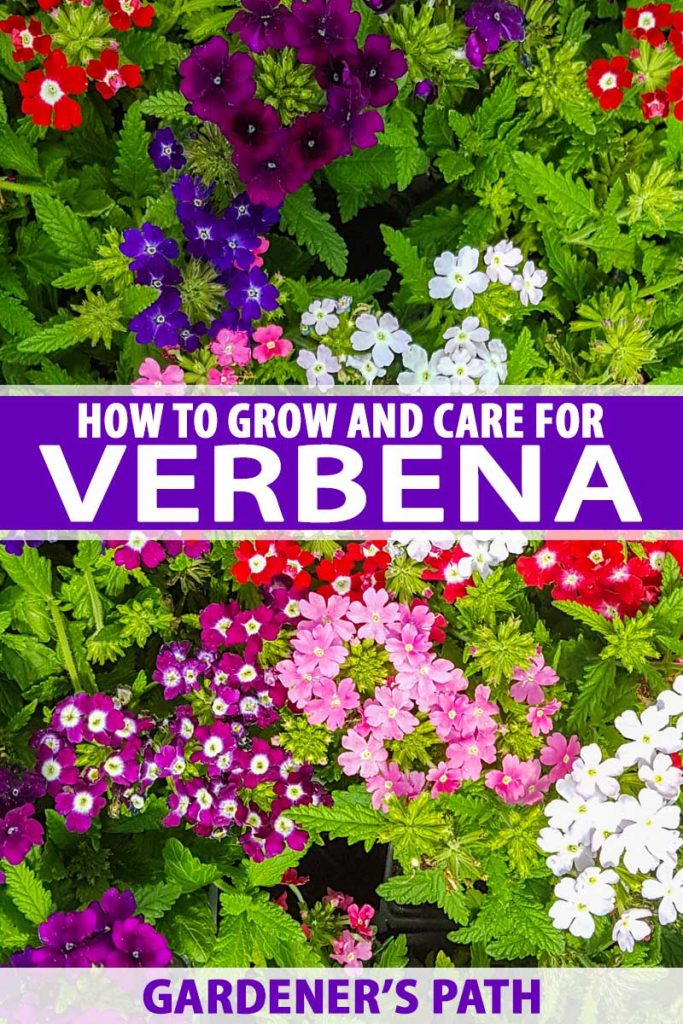
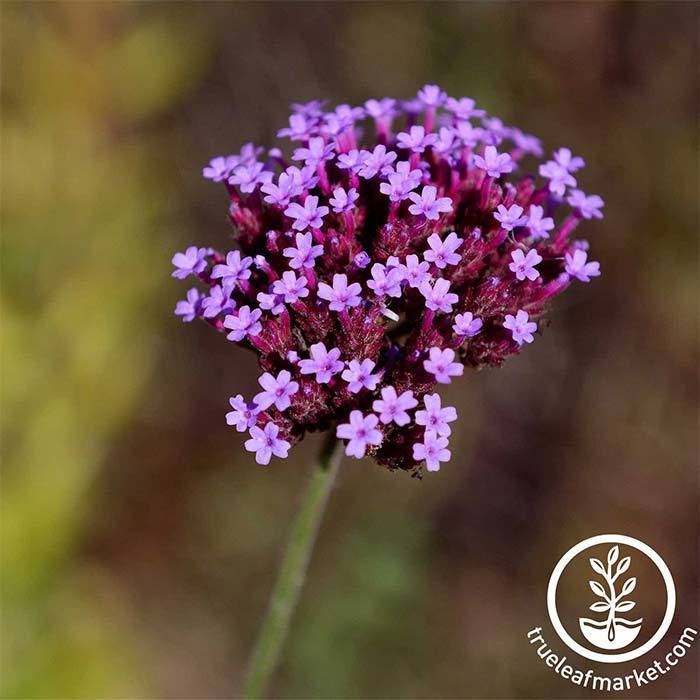
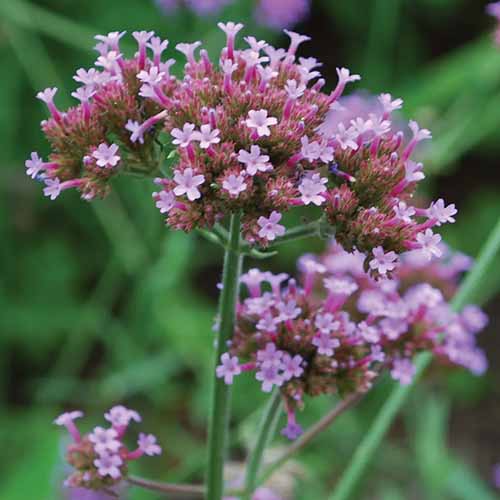

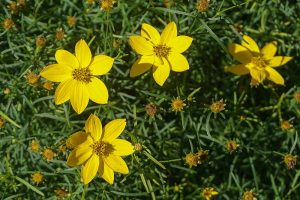

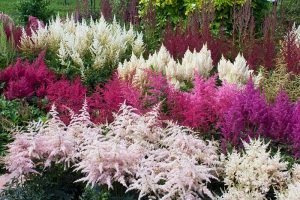
I live in the high desert Southwest. Last year I planted several healthy verbena plants. Over the winter they lost their leaves and flowers. So far (May 10) there still is no sign of tiny leaves or buds. I fear they died over the winter. Why would this be?
High desert areas are known for temperature extremes, which general hardiness zone recommendations may not account for. Verbena is generally hardy in zones 7-11 and it is heat and drought tolerant, but it needs regular watering if you live in an area that doesn’t get regular rainfall. There are also some annual species that will not come back each year, and perennial varieties of this plant can be short-lived. Do you know what species you had? What were the conditions like in winter in your area? There may be another species available that is more suited to your climate.
The work of growing and caring flowers always brings interesting things. I am happy when the flowers are the most beautiful when blooming.
Nice article! Verbena is new to me this year. I’m figuring it out as well. I find that mine do not bloom continuously they explode in bloom then go dormant about two weeks and do it all over again. I wish I could keep a continual bloom but seems it’s on an all-at-once schedule. I hope I can keep them during the winter in Texas. Sheltering them as needed. Thanks!
Please add a way to print your article!! This is very informative and I’m sure your readers would like to keep all this information as I do and will keep it in a binder as a reference!
Thanks Carmen! I don’t think anything is likely to be printed, but that’d be pretty sweet if it was!
Sorry we don’t have a print format option available, Carmen. What you might like to do is save your favorite articles as a PDF.
My verbena is getting brown on the tips of the leaves so is it too dry or to wet?
That’s probably a symptom of too much watering over too little. We have some growing in a container on our porch this year and made the mistake of not communicating with one another when we were watering, so we doubled up for a few weeks and, pow, browning verbena. Check the soil around the plant, maybe a finger’s depth. It’s hard to say exactly what the difference is between dry and not dry, but you’ll know dry when you feel it and you’ll know not dry too! I think it’s a temperature thing, cooler soil means it still has… Read more »
Sending you a picture of my current verbena issue – any suggestions?
Your potted plant is looking spent, Sue, but it can bounce back with some attention.
I suggest you cut it back by half, water deeply, then apply a water soluble, all purpose fertilizer.
Maintain regular, deep watering, deadhead as needed, and fertilize every two weeks until the end of the growing season.
This should produce a second wave of growth and flowers for you to enjoy. Thanks for asking!
This article was very helpful. Recently got verbena, the quartz one.
Here in the UK, the Summer season has come to an end, and I have Verbena in a pot, and I wonder if one can collect seeds from the plant for next year. Good article on Verbena.
These flowers self-seed readily, but it should be easy to collect these at the end of the season for replanting since you are growing yours in a container (rather than in a garden bed where the seeds may scatter around the flower beds). Wait for the seed heads to dry on the plant, clip them, and place them in a pie plate or on a rimmed baking sheet to dry fully in a cool, dry place for about a week. The seeds are very tiny, so some gardeners don’t even separate them from the chaff before putting them in jars… Read more »
I live in the UK and the Summer has just ended. I have a pot of Verbena, and wonder if there are seeds from the flower that I can sow next year. Good Article.
Hey Maureen! You could collect some seeds from the flowers and give it a shot. It’s not the easiest project but it’s a rewarding one. You could also collect seeds that are from a hybrid plant, store and plant them, then find yourself looking at an entirely different flower next year! That’s the fun of collecting seeds from commercially grown, hybridized annuals. Grab a bowl or a plate and literally shake the seeds loose from the flowers so they collect in whatever container you’ve got. Just want to make sure the flowers are dried and finished with their flowering before… Read more »
Great article!! I followed your simple directions and they went from scrappy to beautiful, almost overnight (merely a few days)
Want to know how to deadhead verbena. Do I use scissors and cut off the dead heads or just try to pop off the top like geraniums?